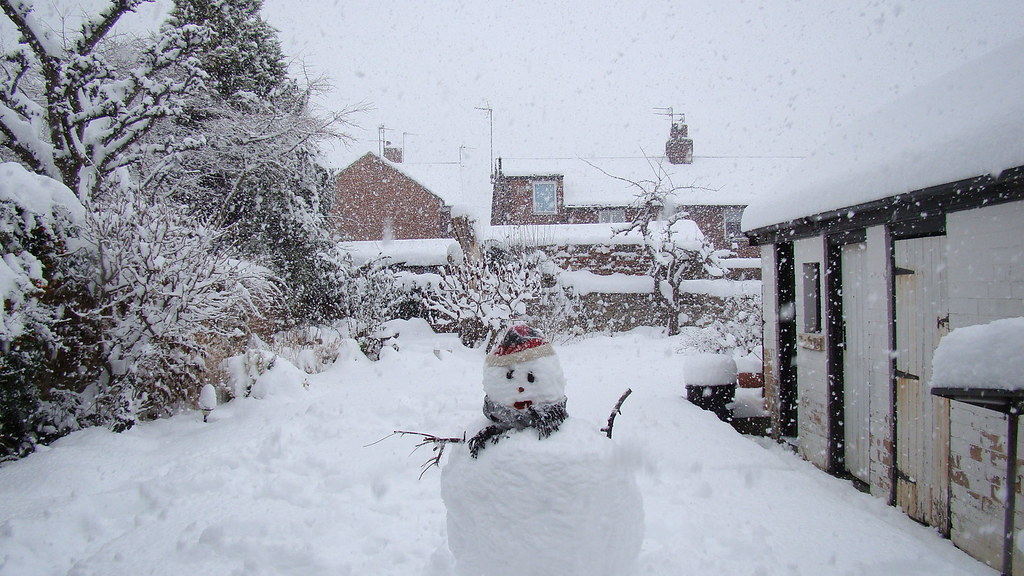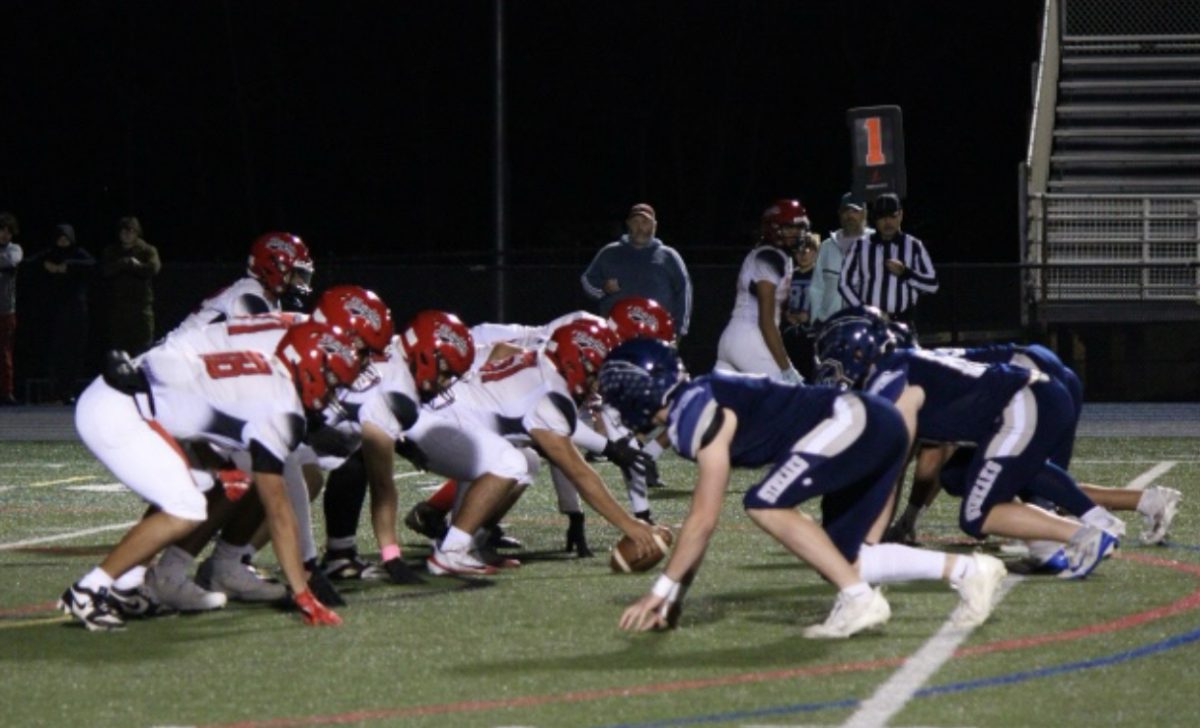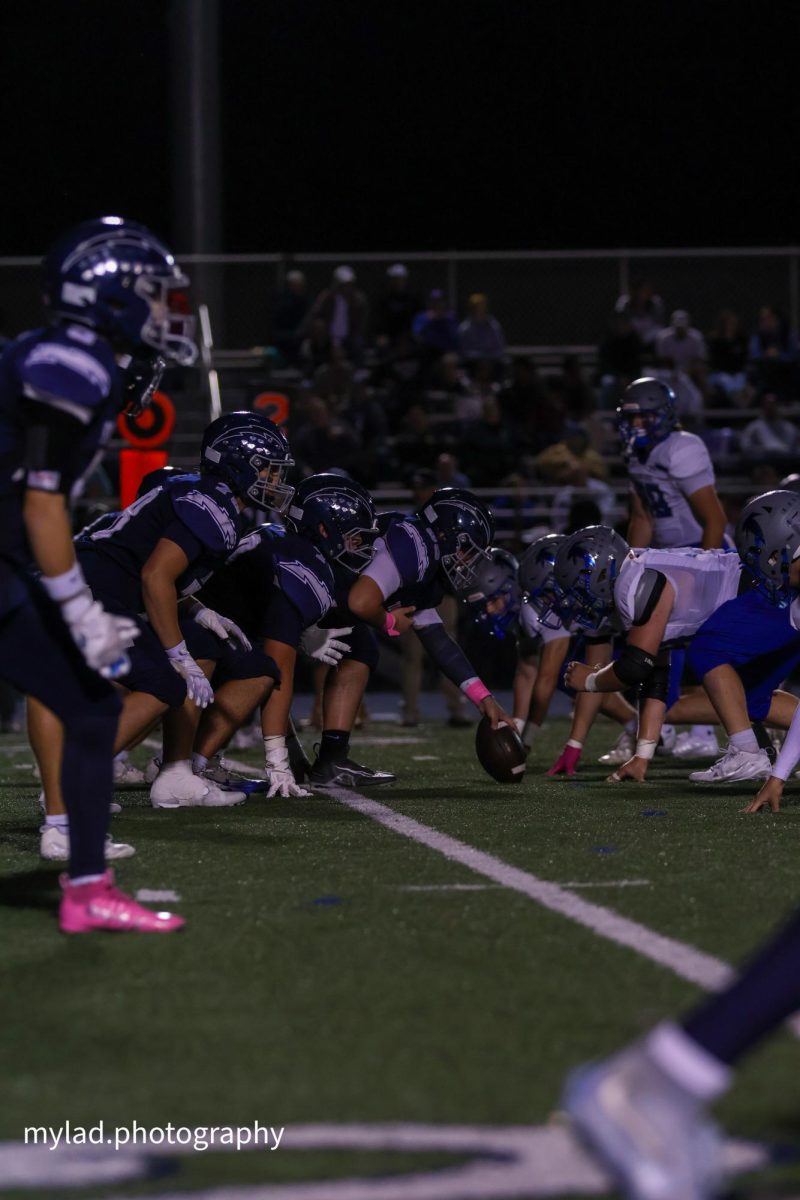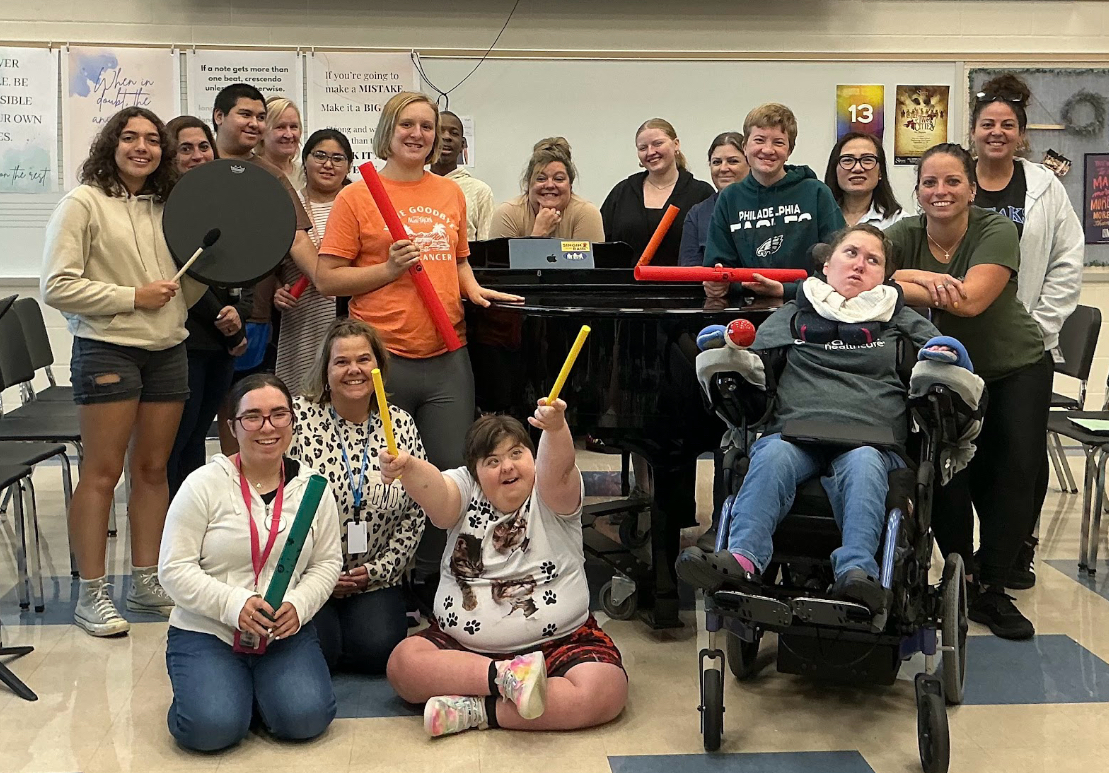As winter draws closer and closer, so do potential snow days. MTSD administration has many options when it comes to addressing severe weather: canceling, shortening, or going online for the school day. This last option, a Flexible Instructional Day (FID), was introduced in the district during the COVID-19 pandemic. This format allows school to continue away from dangerous winter weather, and does not result in an extra day being added to the school year.
FIDs are a terrific idea. If students are unable to get to school, this remote format allows teachers to continue teaching. According to PA Weather Action, southeastern Pennsylvania will get above average levels of snowfall this year. This extra snow is especially exciting, given what a let-down last winter was for snow lovers.
With this forecast in mind, FIDs are especially important so students don’t have to worry about losing valuable instructional time. Losing a day or even half a day with upcoming midterm exams may be an additional stressor for students. With FIDs, snow days can be fun and enjoyable for students, instead of stressful.
In addition, I prefer Flexible Instructional Days over shortening the school day. If it’s snowing outside, I don’t want to have to go to school with exciting weather outside or find out that the school day will be shorter than normal. I would be distracted by the snow and eager to get home, and I’m sure other students would be in a similar boat.
Teachers do have to modify their lesson plans whether there is a shortened class period or a remote learning day, but note-taking or practicing materials could easily be transferred online. It’s not practical to squeeze 45 minutes of notes into a 35 minute two-hour-delay class schedule.
Some might argue that any amount of in-person teaching is more beneficial for students and teachers than a full day of remote learning. However, bringing students to school for a short amount of time during inclement weather can be dangerous for students. It is usually best to play it safe and keep everyone at home. In this case, surely everyone can agree that the reduced efficiency of remote learning is preferable over no learning at all.
FIDs also allow students to pace their learning. A student stronger in math but weaker in English could spend more of their time working on their English assignment. This kind of flexibility is not possible with in-person learning.
Furthermore, students who work quickly can finish their schoolwork and have extra free time, while other students can take their time to finish assignments outside of the restrictions of the bell schedule. FIDs also allow students to sleep in and get the rest they need in order to have a productive day of remote learning.
Flexible Instructional Days are a great way to eliminate risk from icy weather while still allowing teachers to teach. They give both students and teachers freedom and flexibility, and they reduce student stress. I certainly hope that the extra snow this year will bring more Flexible Instructional Days for all to enjoy.















